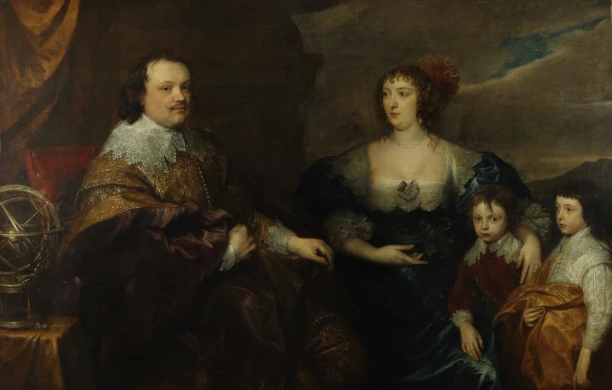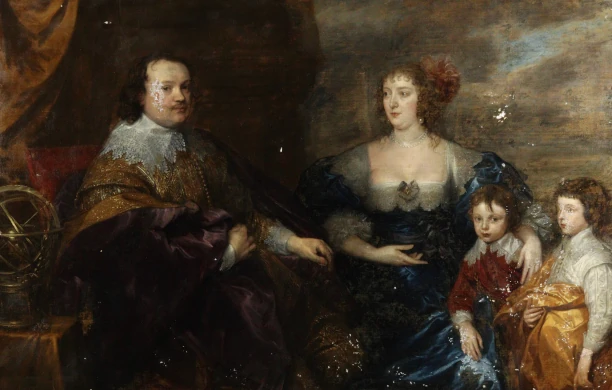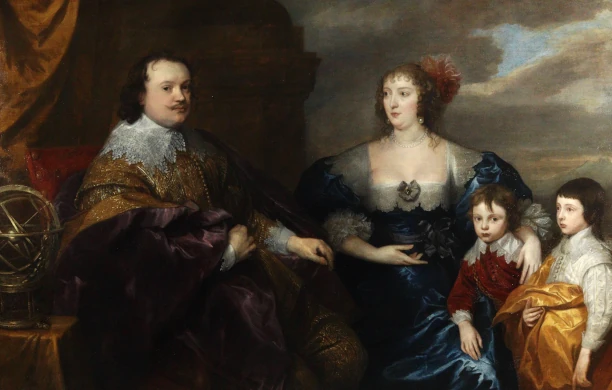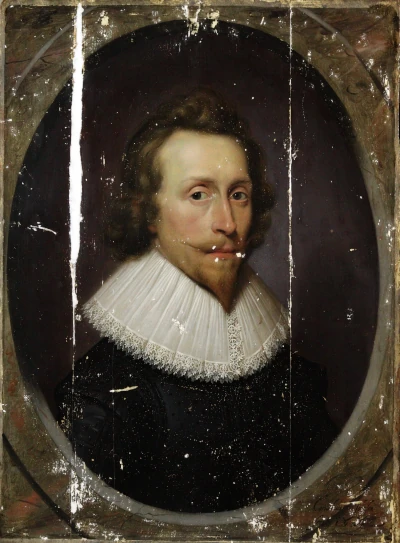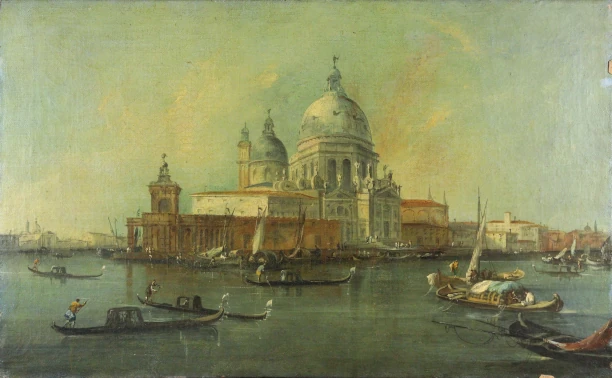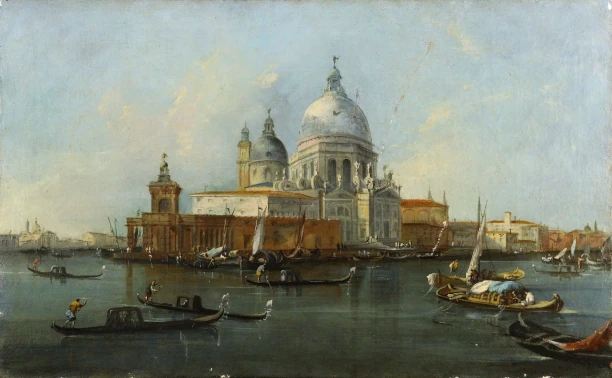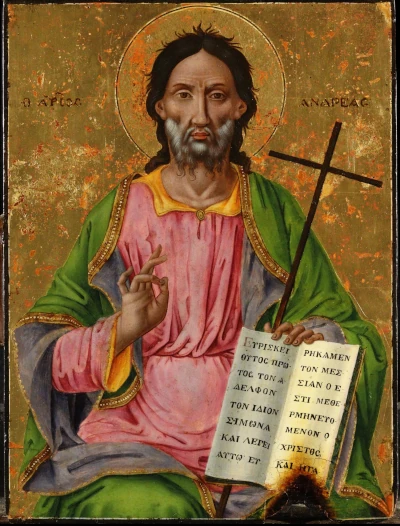Sir Kenelm Digby, Lady Venetia Digby and their Two Sons by Sir Anthony Van Dyck, 1632, Oil on Canvas, Private Collection.
This fascinating family portrait was treated by Sarah and Jennifer prior to exhibition.
Years of accumulated dirt and a very discoloured yellow varnish were removed from this large painting.
The removal of a significant amount of overpaint revealed a very abraded paint surface.
This damage is likely to have occurred during cleaning by a previous restorer.
After applying a new varnish and filling losses in the ground and paint layers, Jennifer and Sarah painstakingly retouched the fills and areas of abrasion.
In some areas this required careful reconstruction.
This type of retouching was assisted by extensive research on the artist and his techniques.
The studio's significant experience working on paintings by Van Dyck was also crucial.
During and after retouching, further varnish layers were applied to achieve an even gloss and saturation.
Portrait of John Fletcher by Cornelius Johnson, 1621, Oil on Panel, Private Collection.
This beautifully executed painting came to the studio prior to exhibition, as active flaking paint had been identified.
Consolidation of the ground and paint layers was carried out, and
next a thick surface dirt was removed, followed by a discoloured varnish.
Overpaint removal revelaed that there was significant paint loss along the vertical panel joins and also many tiny paint losses caused by metal soap formations.
The panel consists of three vertically grained planks of wood.
The damage along the joins suggested that the painting had been taken apart some time after it was painted and shaved down along the joins.
This was indicated by parts of the composition situated at the joins, which do not quite meet up properly, such as the oval border and the sitter's shoulders.
After varnishing, the painting was filled and retouched to integrate areas of loss.
The retouching did not address the parts of the composition that did not meet up along the joins.
These parts were left visible so show the history of the artwork.
During and after retouching, subsequent varnish layers were applied to create an even gloss and saturation.
Venetian Scene, Artist Unknown, Oil on Canvas, Private Collection.
This view of Venice came into the studio covered in a thick layer of yellow/orange oxidised varnish and with a poorly repaired old tear.
There was also a significant scratch/crack network on the surface of the painting, predominantly through the sky, which had been heavily overpainted.
The surface of the painting was the cleaned to remove a grey/black accumulation of dirt.
Solvent mixtures were used to thin and remove the discoloured varnish and the majority of the thick over-paint.
Some more tenacious remnants of overpaint had to be thinned using a fine scalpel, under magnification.
An old, crude restoration was removed from the reverse of the tear, which was then re-repaired.
Moisture treatments were carried out, in this area, to reduce related distortions in the canvas.
A split in one of the stretcher bar members was glued and clamped, to better align and stabilise the structure.
The canvas was then re-tensioned using new keys and they were tied to the stretcher bar members to prevent loss.
Following a layer of isolating varnish, small losses to the paint and ground layers were filled.
These losses were then mimetically retouched to achieve a cohesive image.
Layers of sprayed varnish were applied to achieve the correct level of saturation and final surface finish.
Greek Icon of St. Andrew, Artist Unknown, Oil and Gold Leaf on Panel, Private Collection
This devotional icon came into the studio covered in layers of discoloured varnish, overpaint and later additions of gold leaf.
There had also been some significant candle damage to the bottom edge, which had scorched the panel support and surface of the painting; as well as depositing a layer of soot across the surface.
The painting was surface cleaned to remove the layers of soot and surface dirt.
The layers of discoloured varnish and overpaint were then thinned and removed using solvent mixtures.
Where it was safe to do so, the decision was also made to remove the majority of the later additions of gold leaf.
The texture and tone of these additions was quite different to the original and distracted the eye and play of light across the surface.
Following a layer of isolating varnish, small losses to the paint and ground layers were filled.
These losses were then mimetically retouched to achieve a cohesive image.
Losses to the gold were toned to the colour of the bole layer below.
The scorched paint and damage to the panel were not treated or retouched, as they provide an interesting insight to the paintings history and use as a devotional object.
Layers of sprayed varnish were applied to achieve the correct level of saturation and final surface finish.
